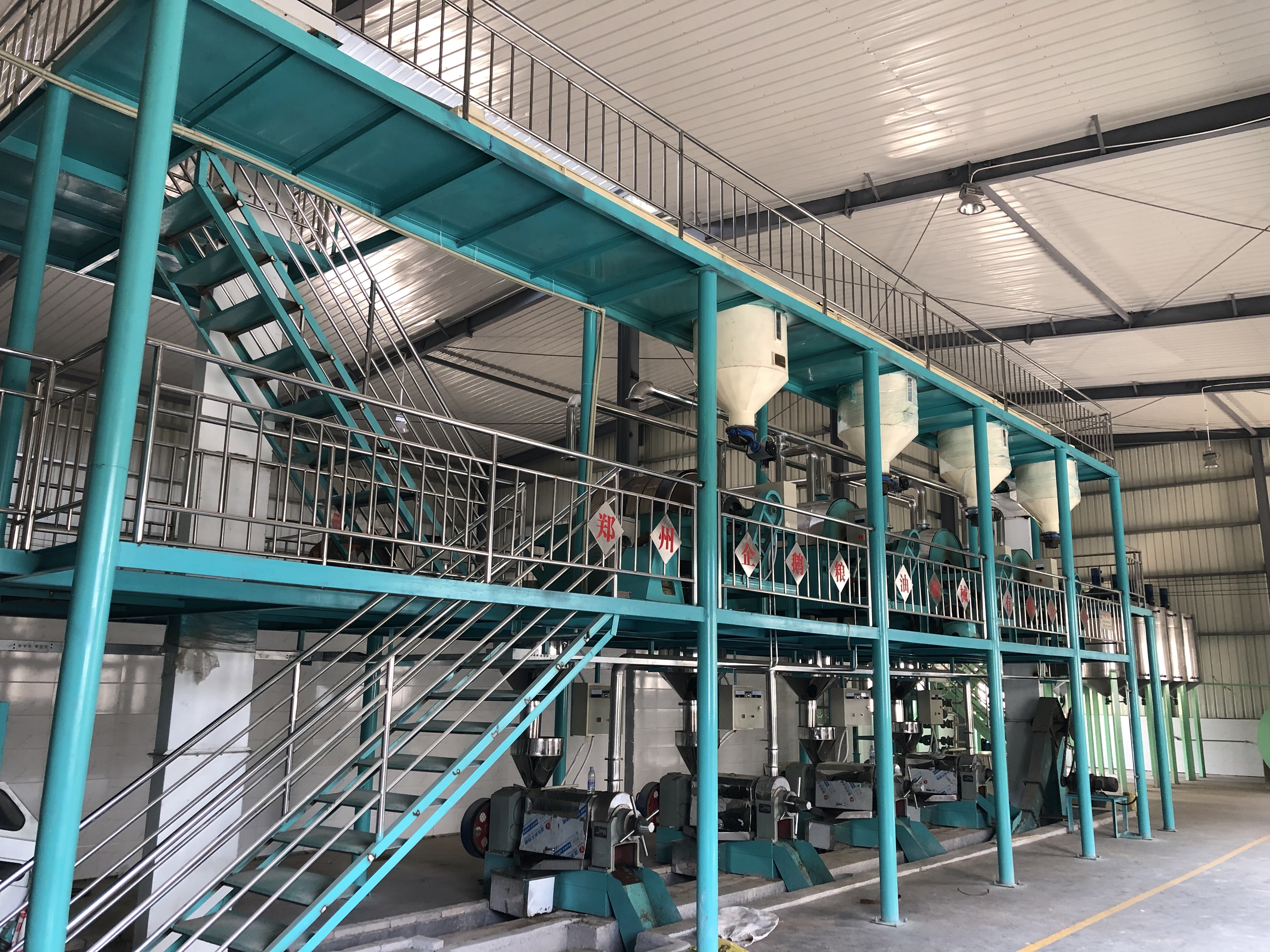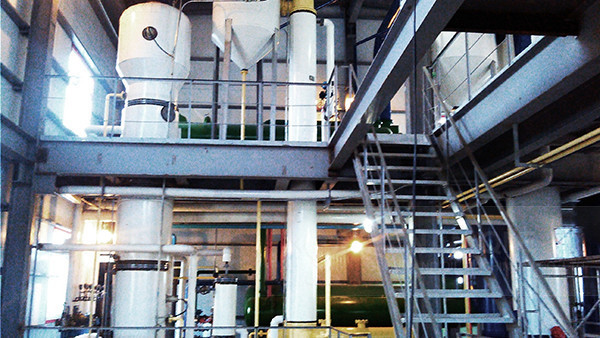
The global demand for soybean oil continues to rise steadily, driven by growth in food industries and biofuel sectors. Selecting the appropriate soybean oil extraction machine is critical for exporters aiming to capture diverse international markets with stringent quality standards and operational requirements. This article presents an in-depth analysis of essential technical parameters, extraction methods, and market-specific considerations to empower manufacturers and distributors with a competitive edge.
Soybean oil extraction machines serve as the cornerstone for converting raw soybeans into edible or industrial-grade oils. These machines fall primarily into two categories: mechanical pressing units and solvent extraction systems. Globally, the mechanical pressing segment accounts for approximately 35% of soybean oil extraction capacity, favored for its natural process and minimal chemical use. Conversely, solvent extraction holds about 65%, optimized for high throughput and maximum oil yield — up to 99% recovery rates in advanced setups.
Exporters must recognize that different markets prioritize various machine features, based on regulation, consumer preferences, and production scale. For instance, North American and European buyers often emphasize energy efficiency and food grade certifications, while Southeast Asian markets might prioritize cost-effectiveness and easy maintenance.
| Parameter | Recommended Target | Impact on Performance |
|---|---|---|
| Capacity (tons/day) | 1 – 30+ tons (market dependent) | Directly correlates with production scale and export market demands |
| Oil Extraction Rate (%) | ≥ 90% (mechanical), up to 99% (solvent) | Higher yield reduces raw material costs and increases profitability |
| Energy Consumption (kWh/ton) | ≤ 100 kWh/ton preferred | Lower energy costs improve sustainability and meet export certifications |
| Automation Level | Semi-automatic to Fully automatic | Affects labor cost, operational consistency, and quality control |
Mechanical pressing is celebrated for its simplicity, lower capital expenditure, and retention of natural oil quality. It fits well for small to medium enterprises targeting organic or non-GMO export segments. Its extraction efficiency generally ranges between 85% to 92%, depending on machine sophistication and raw material quality.
Solvent extraction, notably using hexane, provides superior oil recovery exceeding 98% but requires compliance with strict environmental and safety norms, especially in mature export markets such as the EU and U.S. Recent advancements integrate low-temperature and eco-friendly solvents contributing to greener production credentials.

The incorporation of Industry 4.0 concepts into soybean oil extraction—such as real-time process monitoring, AI-enabled fault diagnostics, and predictive maintenance—has reshaped competitive advantage within export markets. Smart machines reduce downtime by 20-30% and can improve extraction consistency by 15%, catering to clients demanding traceability and quality assurance.
Exporters should note that integration with IoT platforms and compatibility with energy-saving technologies will increasingly become decisive factors during procurement negotiations.
For example, Southeast Asian clients often adapt machines for multi-use, processing various oil seeds beyond soybeans, requiring flexible capacity and moderate automation. In contrast, European buyers focus on machines with stringent food safety documentation (e.g., CE, ISO22000) and low emissions.

The complexity of exporting industrial machinery necessitates partnering with manufacturers who offer responsive after-sales support, training modules, and parts availability internationally. Reliable warranty coverage combined with proactive customer service correlates strongly with higher repeat purchase rates—estimated at 30-40% within 3 years.
Buyers should leverage supplier expertise to tailor machines to specific export regulations and local infrastructure, mitigating risks associated with shipping, installation, and operational integration.
Unlock the full potential of your soybean oil extraction operations — Discover Our Cutting-Edge Soybean Oil Extraction Solutions Today!


